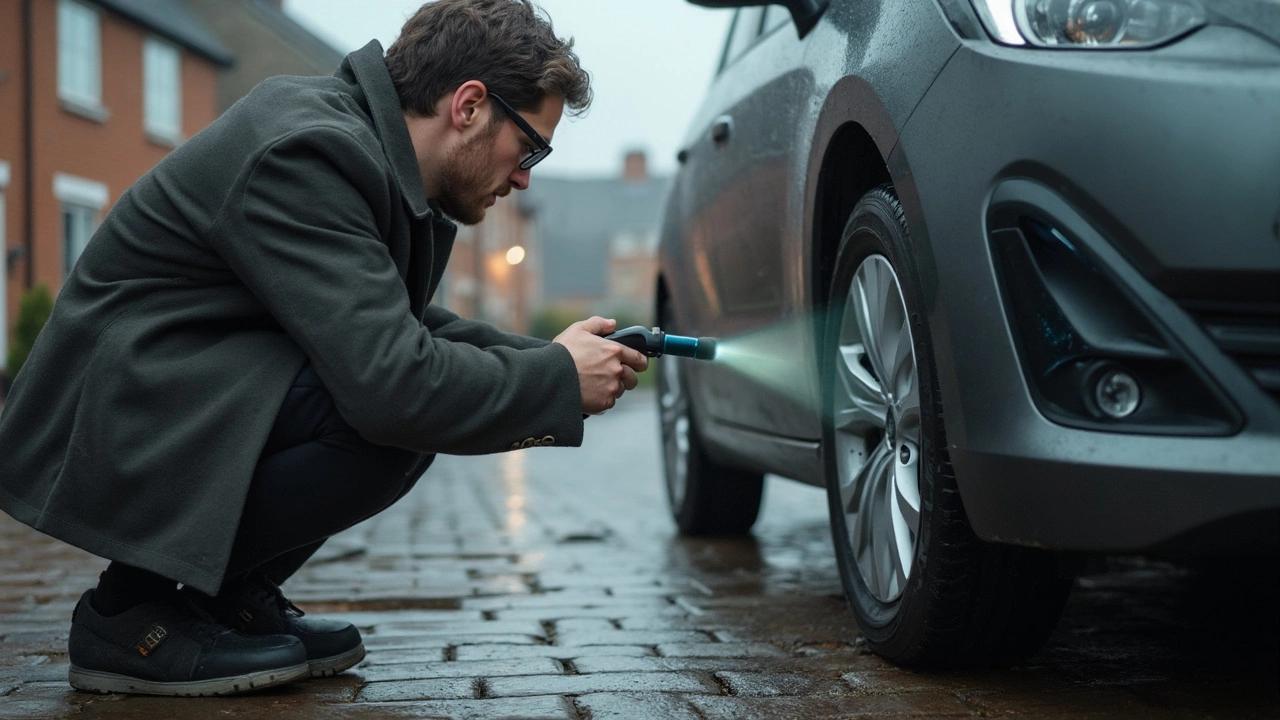Warning Signs in Vehicles: How to Spot Problems Early
When you hear a squeak, feel a shudder, or see a dashboard light, those are Warning Signs, indicators that a component is failing or a system is out of balance. Also known as symptoms, they tell you when your car or boat needs attention before damage spreads. Your car’s warning signs can save you from pricey repairs, and recognizing them is the first step toward reliable performance.
One of the most common alerts comes from Clutch Wear, a loss of engagement, slipping, or a noisy release. If the clutch disc or pressure plate starts to wear, you’ll notice a grinding noise when shifting or a delay in power transfer. Another frequent red flag is Brake Wear, squealing, reduced braking efficiency, or a pulsating pedal. Ignoring these cues can lead to longer stopping distances and unsafe driving conditions.
Engine overheating is a serious warning sign that shouldn’t be brushed aside. Engine Overheating, high coolant temperature, steam from the radiator, or a burning smell, points to coolant loss, a failing thermostat, or a blocked radiator. Running the engine hot for any length of time can warp heads, ruin gaskets, and turn a simple fix into a major overhaul. Equally important is the health of your spark plugs: Spark Plug Failure, misfires, rough idle, or poor fuel economy, often shows up as a check‑engine light or a noticeable drop in power.
Why Understanding Warning Signs Matters
Warning signs encompass component wear, fluid leaks, and electronic faults. They require regular inspection because early detection reduces downtime and keeps repair costs low. A squealing suspension, a whining belt, or a sluggish throttle are all pieces of a larger puzzle that, when pieced together, reveal the health of the whole vehicle. By learning what each symptom means, you can prioritize fixes, plan maintenance, and avoid the panic of a sudden breakdown.
Each system in a car—clutch, brakes, cooling, ignition—has its own set of tell‑tale cues. For example, a soft clutch pedal often signals a worn release bearing, while a high‑pitched squeal when applying the brakes usually points to thin pad material. Overheating can be caught early by monitoring the temperature gauge and checking for low coolant levels after each drive. Spark plug issues become obvious when acceleration stalls or when fuel consumption spikes despite normal driving habits.
Recognizing these patterns also helps you communicate better with a mechanic. When you can point out that the clutch feels “slippery” or that the brakes make a “grinding” sound, the technician can zero in on the right part faster. This saves time, cuts labor costs, and gets you back on the road sooner. Moreover, staying aware of warning signs builds confidence in your vehicle’s reliability.
In the collection below you’ll find detailed guides that break down each warning sign, explain why it happens, and show you how to test or fix the issue yourself. Whether you’re dealing with a noisy clutch, worn brake pads, an overheating engine, or a misfiring spark plug, the articles provide step‑by‑step advice and cost estimates tailored for UK drivers. Dive in to turn those early alerts into actionable maintenance.
Now that you know what to watch for, explore the posts ahead to deepen your understanding and get hands‑on tips for keeping every part of your vehicle running smoothly.

Brake Pads: How Can I Tell If My Brakes Need Replaced?
Jun 15 2025 / Brake PadsWondering if your car needs new brake pads? This article dives straight into real signs and symptoms your brakes are due for replacement. You'll learn what noises, feelings, and even dashboard signals to watch for, and discover easy, practical checks to do at home before calling your mechanic. Helpful tips and must-know facts are included so you don't end up with costly repairs down the road. Stay safe and keep your car running smoothly by knowing when it's time for fresh brakes.
VIEW MORE